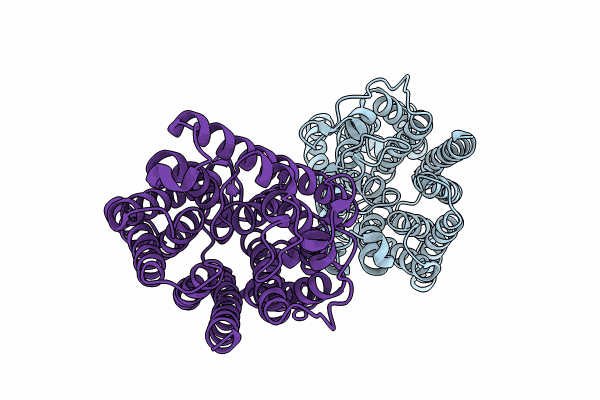
Deposition Date
2023-09-12
Release Date
2024-06-12
Last Version Date
2024-06-12
Entry Detail
Biological Source:
Source Organism:
Shewanella denitrificans OS217 (Taxon ID: 318161)
Host Organism:
Method Details:
Experimental Method:
Resolution:
1.70 Å
R-Value Free:
0.16
R-Value Work:
0.14
R-Value Observed:
0.15
Space Group:
H 3


